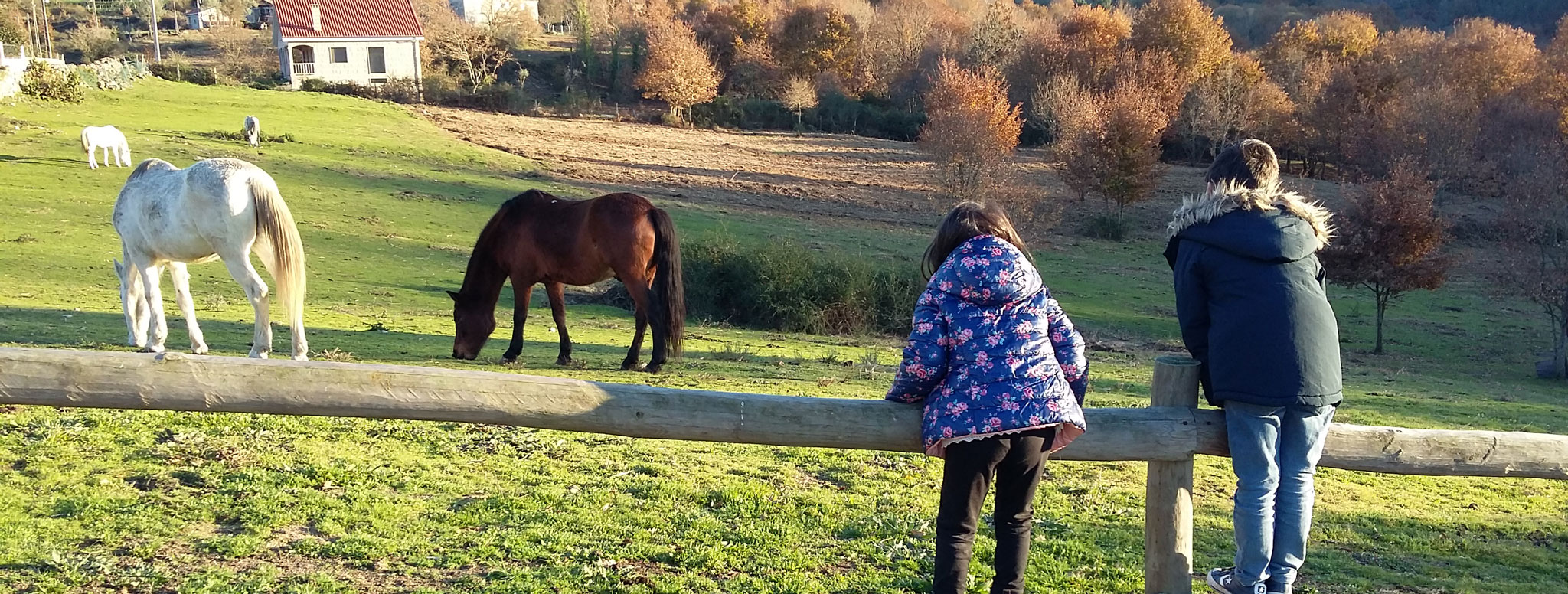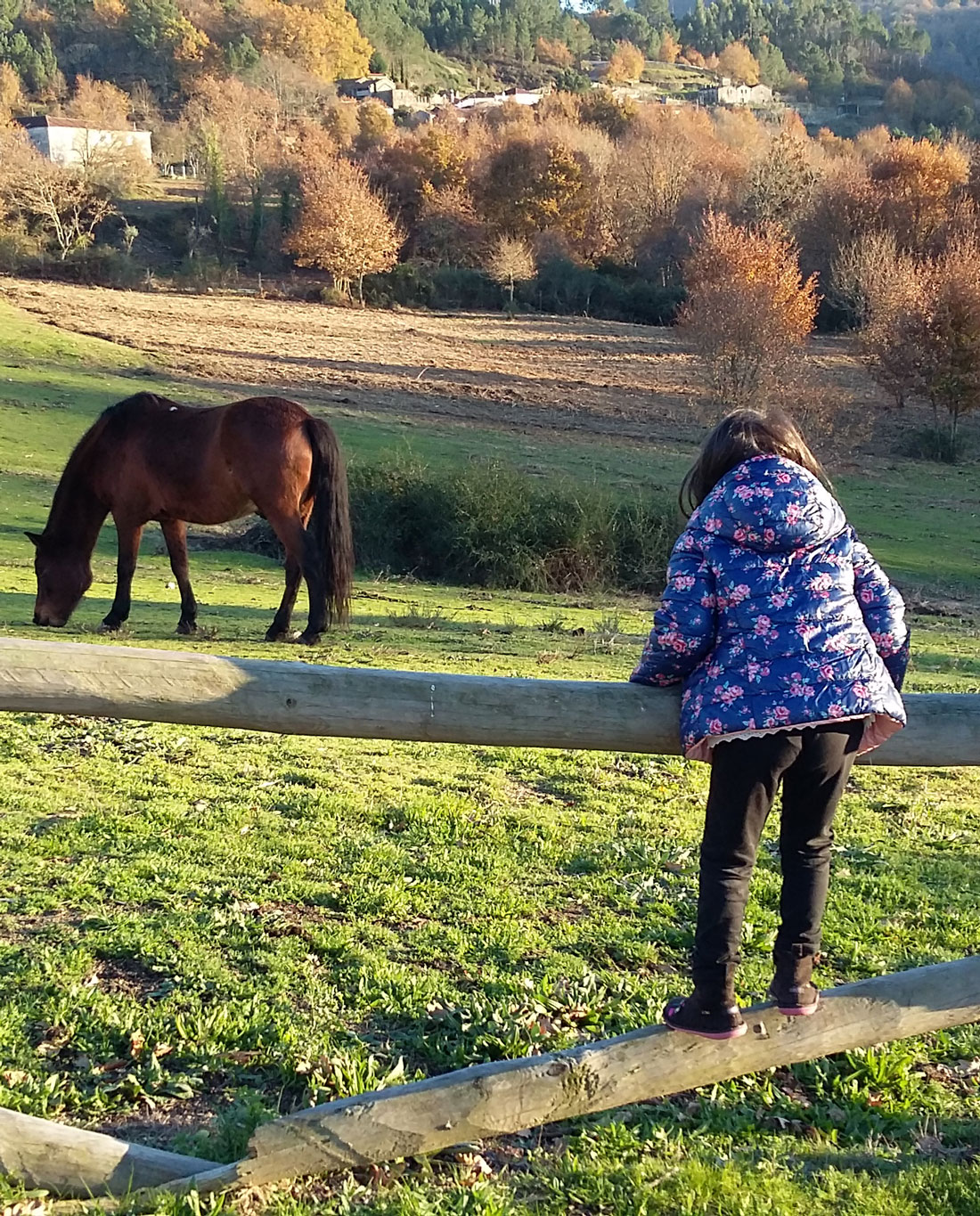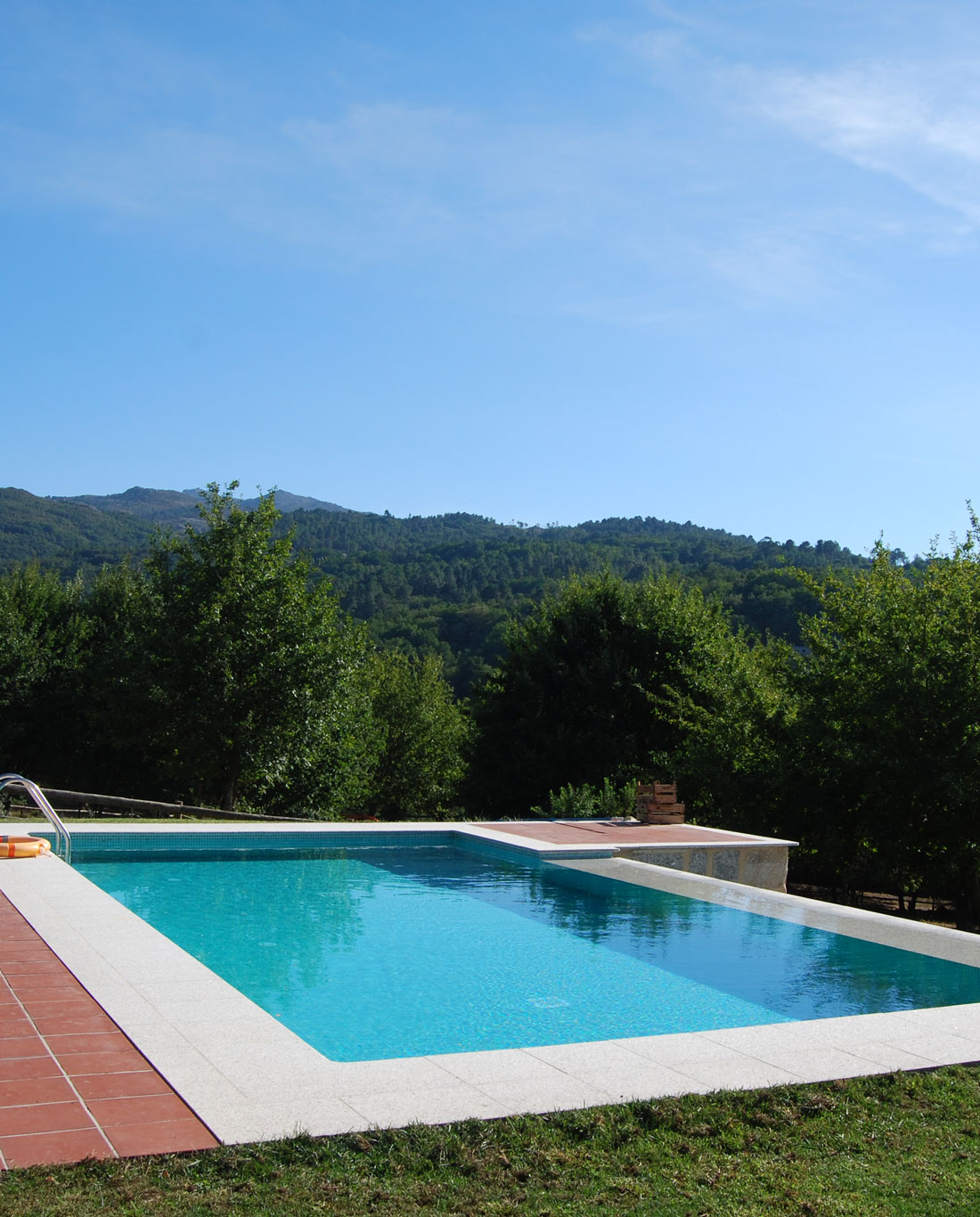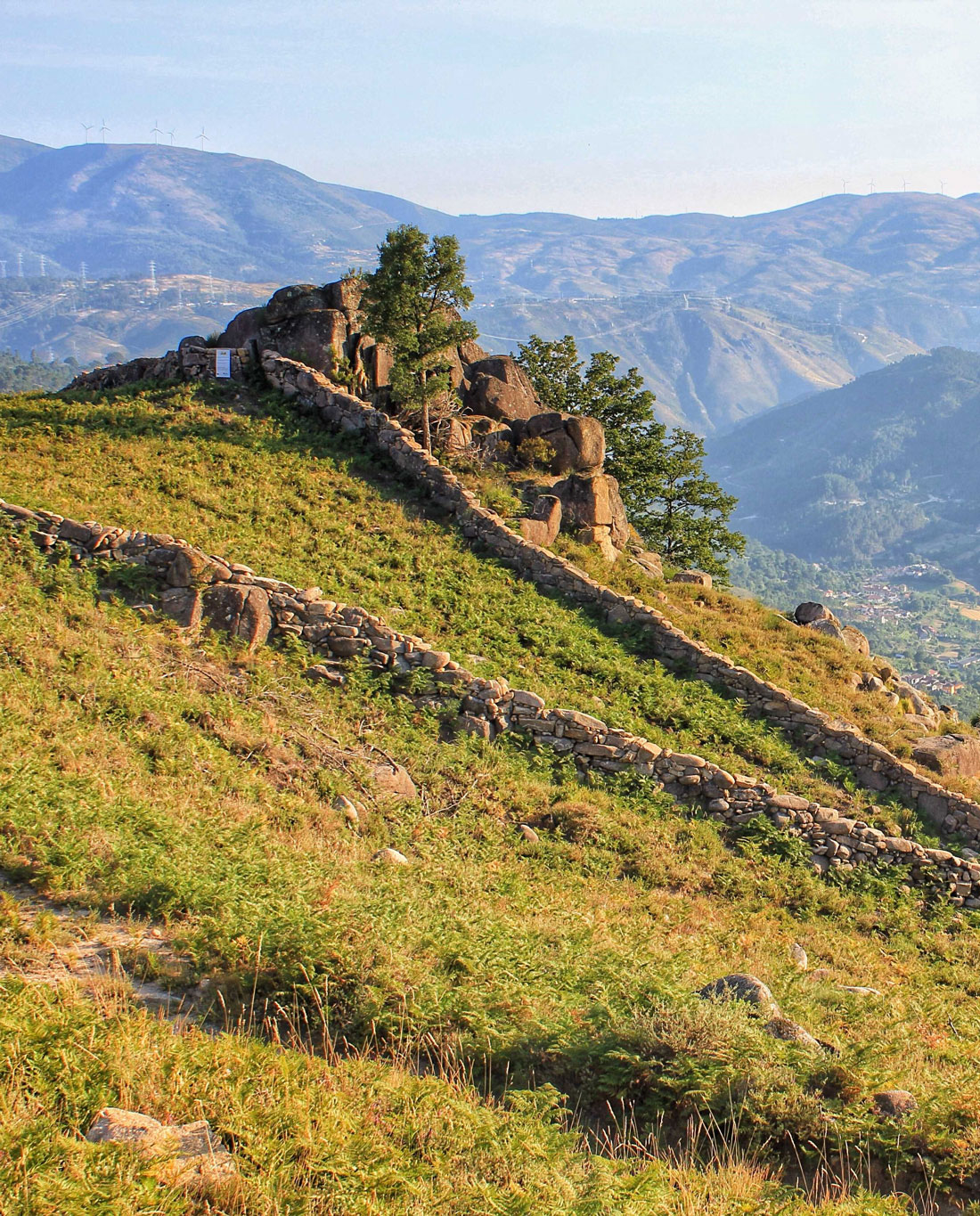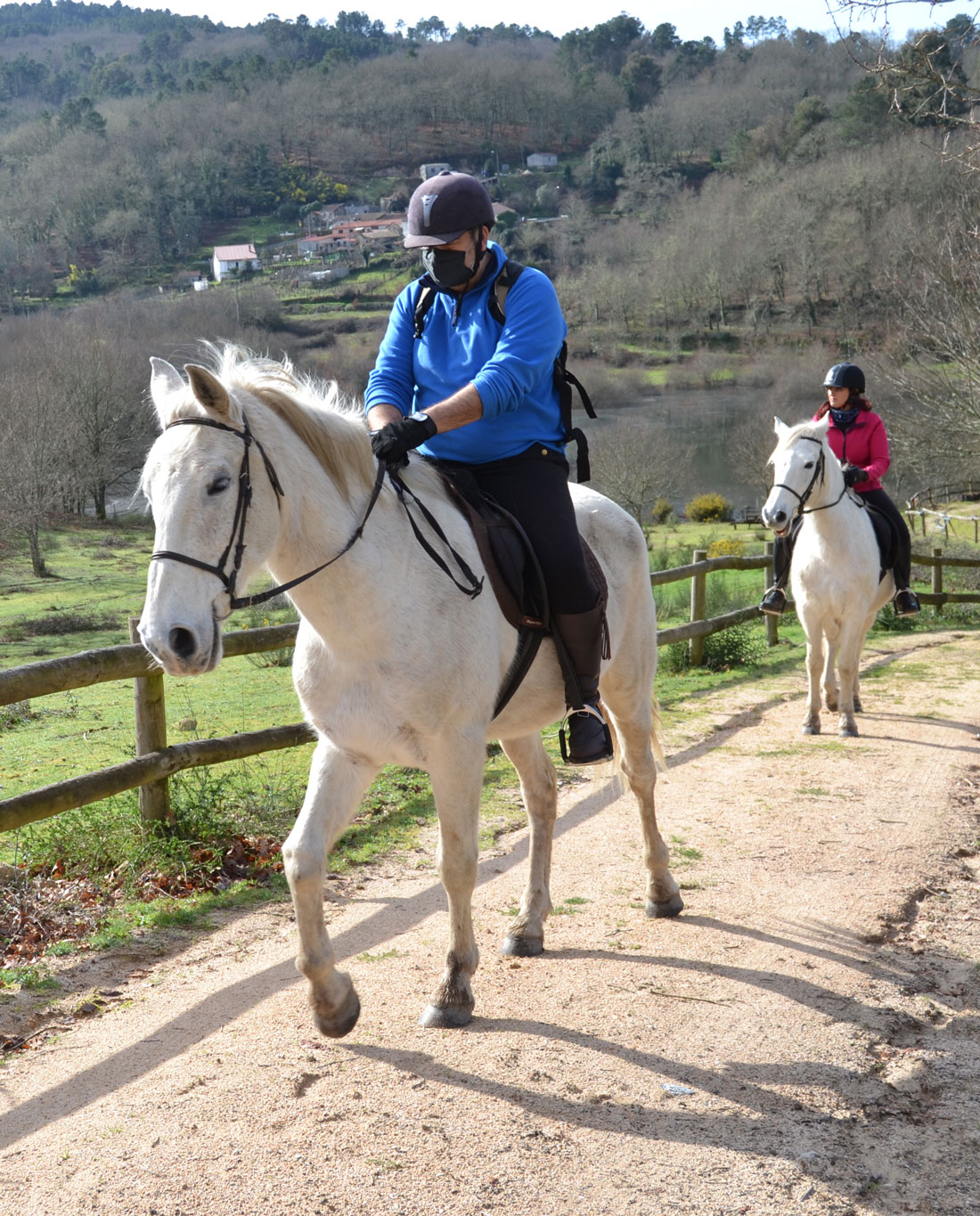…is water, the seed of life… water streams run through the territory with its ponds, waterfalls and natural pools… …is landscape that leaves you at a loss for words… …take a look at the local viewpoints and find glacial cirques, deep valleys and beautiful mountain summits… …is scent of centennial woods, mushrooms and rivers… …is fauna with wild deer, boars, foxes, martens crossing paths with you while golden eagles and eagle-owls trace the sky, many others remain stealthy unlike the endemic breed of cow, the Cachena… … is flora in a multitude of colors, sizes and aromas that surprise us, being some of the endemic species in the reserve the Xurés lily and the Portuguese laurel… …is light in the darkness with our night skies being lit by stars, planets, satellites and the Milky Way and… is music, close your eyes and feel it!
Nature in its purest state that makes you feel like no other way, after all, it is not in vain that Casa da Feira is located in the Baixa Limia Serra do Xurés Natural Reserve that alongside Parque Nacional Peneda Gerês, in Portugal, form the Reserva Transfronteriza de la Biosfera Gerês-Xurés.
The presence of water is also manifested in the way of thermal springs in Porto Quintela, 13 km away from Casa da Feira. This resource has been explored since the time of the Roman Empire as can be evidenced by the settlement named Aquis Querquennis, few meters away from the natural thermal spring water pools.
The access to these pools is free and the connection with nature is truly immersive!
The presence of water was also a reason for the settlement of different civilizations in the area throughout history.
We can travel since prehistory by doing the Ruta Megalítica del Valle del Rio Salas up until the roman times while visiting the Campamento de la Cohorte III de la Legio VII Gémina “Aquis Querquennis”. All this while passing by a castrexo village (Castromao in Vilanova dos infantes) or letting yourself be impressed by the baroque style church of Entrimo, Santa Maria la Real or the Visigoth style church of Santa Comba de Bande which was declared national heritage in 1921.
Imposing Castles of the likes of Lindoso Castle or Castro Laboreiro Castle that speak of war times and simple villages with their traditional stone houses are numerous. Beautiful granaries, small wayside shrines, traditional porches, and public laundries are part of the vernacular architecture and further enhance their already beautiful natural surroundings. We also cannot forget about the elements that appear from the close connection between man and fauna such as the foso del lobo de Guende, the alvarizas that protect the beehives from the greedy, the shepherd’s huts that are scattered around the mountains…
If within local heritage you also consider the Gastronomy, you should take a stroll through the surroundings of Casa da Feira where you’ll be able to see the art of vegetable growing all around the village! All houses grow their own cabbages, corn and countless other vegetables using the art of canal irrigation… After all, this is the land of caldo, cocido, empanada, chorizo, octopus and codfish!
The Miñoto-Ribeiro and the la Reina Santa are two of the pilgrim’s ways that pass through the area.
The Miñoto Ribeiro path is one of the older pilgrim’s ways that connect the north of Portugal to the city of Santiago. This path still uses for the most part of its length the same trails, roman roads and medieval routes from ancient times. Nature, thermal springs and wine are differentiating characteristics of this path.
Being one of the oldest pilgrim’s ways, it is surely the less known because it was in 2020 that it was recognized by the church and was awarded the Compostela. You can get more information at https://www.caminominotoribeiro.com/en
The path of La Reina Santa, is the route that Queen Isabel of Portugal seemingly did in 1335, passing through the Via Nova. Princess Isabel of Aragón became Queen Isabel of Portugal in the year of 1282 after getting married to King D. Dinis of Portugal and was canonized in 1625, often referred to as the Holy Queen due to the numerous miracles she accomplished during her life. In Spain, her memorial is held on the 4th of July.
Because it is holy year and in order to homage the jacobean paths, we have prepared a special “Pilgrim’s Menu”. Delicious food from the area to comfort those who decide to stop by.
Año Santo Compostelano, Xacobeo 2021-2022… It is time to discover new paths!
Current Offers
Here you have some of the experiences we have at your disposal



